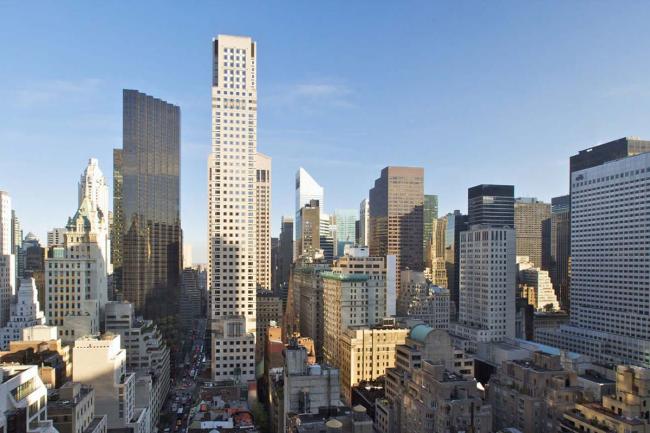Industry leaders and forecasters are
debating the similarities and differences between the current CRE
upcycle and the one that peaked in 2007, just before the bubble in
housing prices burst and the commercial real estate market collapsed.
In every discussion of investment sales volume, square foot prices,
vacancy rates and underwriting, the pros are all asking whether we
are at the beginning or the end of the current cycle.
In the final quarter of 2014,
current CRE stats match or, in some cases, even exceed 2007’s
numbers, causing some forecasters to speculate that another downturn
may be on the horizon. They posit that a disaster similar to the 2007
“bubble burst” is just around the corner because we have reached
the limit of what the CRE market can carry. However, there are others
in the market who do not see this year’s upswing as a warning of a
disaster to come. Other experts argue that the collapse of 2007 was
the trickle-down effect of the collapse of the residential housing
market, fueled by the subprime lending debacle. These experts
theorize that, instead of being on the brink of another downturn, we
are actually only experiencing the beginning of a growth pattern in
CRE that can only continue to climb. They argue that, without the
subprime lending-fueled collapse of 2007-2008, the CRE market could
have continued to grow almost indefinitely. Thus, they say, we do not
know the upper limit of what the market can support.

In addition to
the removal of the subprime lending threat to the real estate market
and the economy overall, there is evidence to support the idea that
we are closer to the beginning of the current cycle than to the end.
Because the economy has been so slow to recover from the 2007
collapse and because there is very little new commercial
construction, it seems likely that the current CRE cycle will extend
far longer than many previous cycles. The current demand for CRE is
increasing while the supply remains the same, driving rents higher,
with no end in sight until there is a significant change in the
amount of CRE space available. There are also indications that the
U.S. economy will improve at a more rapid pace in 2015, aiding the
CRE market in its own growth pattern. Additionally, secondary and
tertiary markets are thriving, allowing pricing to remain strong even
in second- or third-tier markets.
Whatever the case may be, and
whether we are at the beginning or the end of the current CRE cycle,
2015 seems to be gearing up to be a monumental year in the world of
CRE.